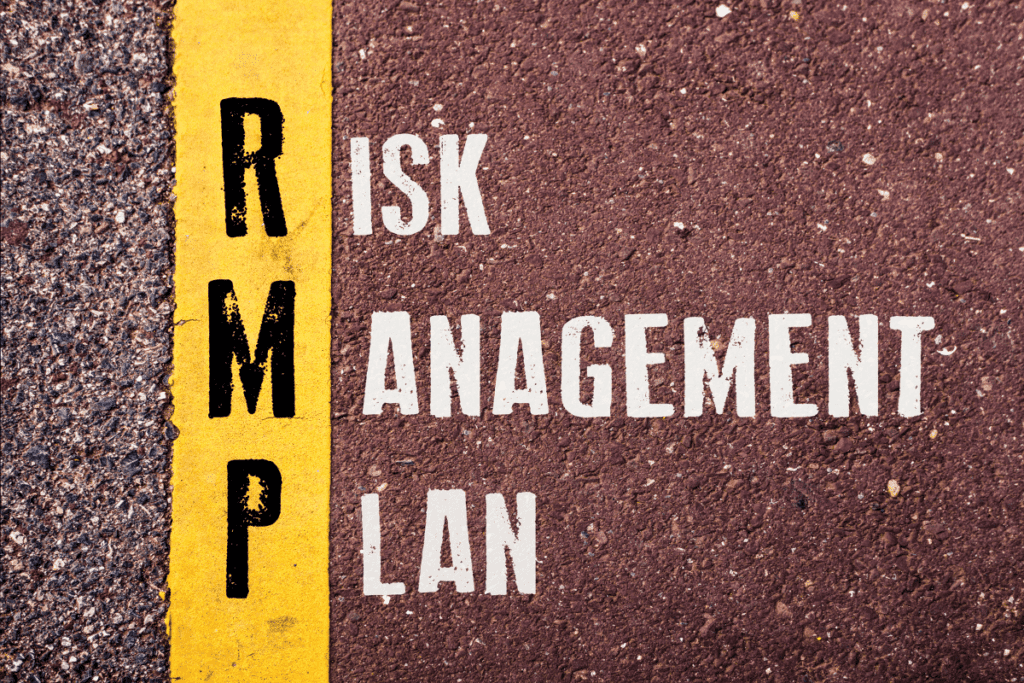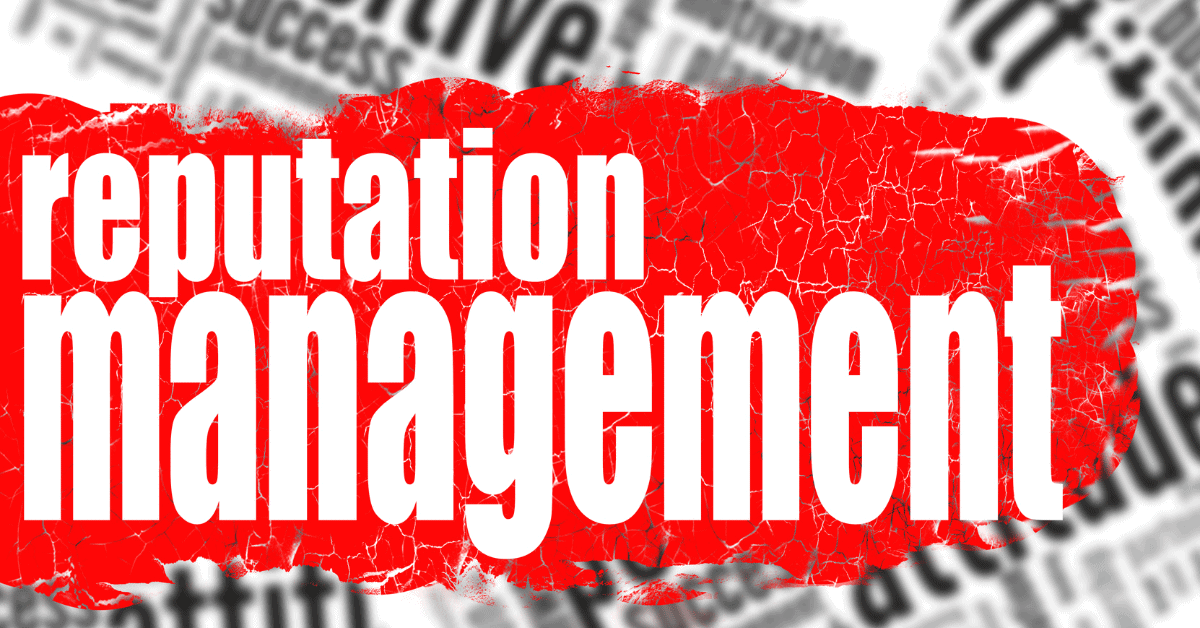A business’s reputation is a valuable asset that takes years to build but can be easily destroyed in a matter of minutes.
In today’s fast-paced and highly connected world, managing reputation risk is more important than ever. This is where innovative risk management strategies come in.
This article will explore the definition of reputation and its importance and provide a brief overview of innovative operational risk management strategies.
The Definition of Reputation
Business reputation is the perception of a business by its customers, employees, and the public.
It results from people’s experiences with a particular business and overall opinions.
It can be based on the quality of products and services, the business’s track record of success, how it treats customers and its ethical behaviour.
The Importance of Reputation
The reputation of a business is one of its most valuable assets.
It affects how customers, potential customers, and other stakeholders perceive the company.
A good reputation can help a business attract customers, secure financing, and attract quality employees. It can also lead to increased sales and profits.
Conversely, a poor reputation can damage a company’s reputation, leading to lost opportunities and decreased sales.
Therefore, businesses need to focus on building and maintaining a positive reputation.

A Brief Overview of Innovative Risk Management Strategies
Innovative Risk Management Strategies involve using creative methods to identify, assess, and address organisational risks.
These strategies typically include utilising advanced analytics and technology, developing new risk management models, using alternative investment strategies, and implementing comprehensive risk management programs.
These strategies help organisations better manage their risks, increase their resilience to future threats, and create value for stakeholders.
Assessing Reputation Risks
The first step in protecting your business reputation is assessing the risks that could harm it. This involves identifying reputation risks, such as negative customer reviews, brand scandals, or social media controversies.
Once the risks have been identified, measuring their impact on the business’s reputation is essential.
This information will help you prioritise your risk mitigation efforts and determine the resources to manage those risks effectively.
Identifying Reputation Risks
Identifying reputation risks is identifying potential threats to a company’s reputation, such as negative publicity, customer dissatisfaction, or a public relations crisis. This is done by assessing the company’s operations, public image, and industry trends and identifying potential issues that could damage the company’s reputation.
Companies must be aware of these risks and take steps to limit them or prevent them from occurring.
Companies should also have an action plan to respond quickly and effectively to potential risks.
Measuring the Impact of Reputational Risk Management
Measurements include:
- Analyse customer feedback: Review customer feedback channels such as surveys, social media, customer service logs and customer interviews to identify customer sentiment and gauge the potential impact of reputation risks
- Track online mentions: Use online monitoring tools to track online mentions of your brand and measure the potential impact of reputation risks
- Review customer reviews: Analyse customer reviews on sites like Yelp and TripAdvisor to assess customer sentiment and gauge the potential impact of reputation risks
- Monitor industry trends: Observe industry trends, such as changes in demand for similar services and products, to measure the potential impact of reputation risks
- Run reputation surveys: Conduct reputation surveys to measure customer sentiment and gauge the potential impact of reputation risks
Developing a Risk Management Plan

The next step in protecting your business reputation is to develop a risk management plan.
This plan should include setting goals for reputation management and determining risk control and mitigation strategies that align with those goals.
It’s essential to take a proactive approach to risk management by anticipating potential risks and developing contingency plans to manage those risks.
Setting Goals for Reputational Risk Management
- Monitor and respond to online reviews: Establish a system for monitoring and responding to online reviews, as well as customer feedback
- Address negative reviews: Develop a process for addressing negative reviews and customer complaints in an appropriate and timely manner
- Increase positive reviews: Encourage customers to leave positive reviews and provide incentives for doing so
- Publish positive content: Promote positive content about your business by highlighting customer successes, awards, and other positive news
- Monitor social media: Monitor social media for comments and conversations about your business and respond when appropriate
- Manage your brand: Develop a strategy for managing your brand and creating a consistent message across all channels
- Develop an Emergency Plan: Create an emergency plan to handle any potential crises quickly and effectively
- Engage your audience: Establish relationships and engagement with your target audience
Determining Risk Control and Mitigation Strategies
- Develop a Reputation Risk Management Plan: Develop a plan that outlines the risks and how they will be managed. This should include specific steps and processes for identifying, assessing, and responding to reputation risks
- Monitor your reputation: Establish a system for monitoring your reputation and regularly check for any reputational harm or damaging information about your company
- Address negative information: If there are any adverse reports about your company, address them quickly. Develop a plan to respond to and refute the information, and be sure to provide accurate information
- Practice proactive transparency: Be open and honest with customers and the public. This means providing timely and accurate information and responding to questions quickly
- Use social media strategically: Monitor and manage your social media presence. Respond to customer inquiries and use social media to promote positive stories about your company
- Cultivate brand ambassadors: Encourage customers and employees to share positive stories about your company
- Implement risk management procedures: Develop and implement risk management procedures that address potential risks to your reputation, such as employee conduct and customer service
- Invest in Reputation Management Software: Use reputation management software to track, monitor, and manage your reputation. This software can help you respond quickly to any damaging reports about your company
Implementing Innovative Solutions

Implementing innovative solutions to reputation management is critical to protecting your business reputation.
Technology, such as online reputation management tools, can help you monitor and manage your online reputation in real-time.
A crisis management plan can help you respond effectively to unexpected events that may harm your reputation.
The Use of Technology for Reputation Management
Reputation management is the process of tracking and managing the online reputation of an individual, brand or business.
In today’s digital age, it has become increasingly important for companies to monitor and manage their online reputation to protect their brand, ensure customer loyalty and maintain a positive presence in the eyes of potential customers.
Using technology for reputation management can help businesses identify potential risks, track customer feedback, monitor the competition and respond to negative reviews.
Here are some tips for using technology for reputation management:
- Utilise social media monitoring tools: Social media monitoring tools such as Hootsuite, Brand24, and Mention can help businesses monitor the conversations about their brand on social media platforms such as Twitter, Facebook, Instagram and LinkedIn. This helps companies stay up-to-date with what’s being said about them so they can respond quickly and professionally to any negative comments or reviews
- Set up Google Alerts: Google Alerts is a free tool that notifies you when new content containing specific keywords appears in the search results. Setting up alerts for your brand name, product name, and other relevant keywords can help you stay on top of any new content that mentions your brand
- Track online reviews: Online reviews are an important part of reputation management. Monitoring and responding to these reviews can help demonstrate to potential customers that you are professional and attentive to customer feedback. Services such as Yelp, TripAdvisor and Google Reviews can provide valuable insights into how customers perceive your brand
- Utilise customer feedback surveys: Customer feedback surveys are a great way to gain insights into how customers perceive your brand and the overall customer experience. Surveys can be conducted online or through email. The data gathered can improve customer service and enhance customer loyalty
- Monitor your competitors: Staying aware of your competitors’ actions can be a great way to stay ahead of the curve. Monitoring their social media accounts and online reviews can help identify potential areas of improvement and gain insights into what strategies are working for them
The tools and strategies outlined above can help enterprises manage their reputations and ensure that their brands are presented positively.
Building a Crisis Management Plan

- Identify potential risks: The first step in building a crisis management plan is to identify potential risks that may arise. This could include anything from a natural disaster to a data breach or cyberattack.
- Develop a plan: Once you’ve identified potential risks, developing a plan for responding to them is essential. This plan should include who will be responsible for responding, what steps should be taken, and who will be notified during a crisis.
- Create a communication plan: A crisis management plan should include a communication plan. This plan should outline how and when the information will be shared with stakeholders, customers, and the public.
- Train and practice: Once the plan is in place, it is essential to train staff and regularly practice responding to crises. This will help ensure everyone is prepared and knows what to do in an emergency.
- Monitor and review: Finally, monitoring and reviewing the crisis management plan is crucial. This will help ensure the plan is up-to-date and everyone is prepared for potential risks.
Continuously Monitoring and Improving
Protecting your business reputation is an ongoing process.
It’s crucial to continuously monitor the effectiveness of your risk management strategies and make necessary improvements to ensure that your business’s reputation remains intact. This includes regularly monitoring your online reputation, gathering customer feedback, and staying informed of industry trends and best practices.
Evaluating the Effectiveness of Risk Management Strategies
- Measure the alignment of risk management strategies with corporate objectives: It’s important to assess the strategies’ alignment with corporate objectives. If a strategy is not aligned with the organisation’s overall goals, it may not be effective in managing risk.
- Evaluate the risk management strategies’ ability to mitigate risk: A successful risk management strategy should be able to identify and manage risks. To measure the effectiveness of risk management strategies, assess how they can address identified risks.
- Evaluate the implementation process: The effectiveness of risk management strategies depends on how well they are implemented. Evaluate the implementation process to ensure the strategies are followed and have the desired impact.
- Monitor and assess the results: Monitor and assess the effects of the risk management strategies to determine their effectiveness. This will help identify areas for improvement and ensure that the strategy achieves its intended outcomes.
Final Thoughts

Protecting your business reputation requires a comprehensive approach that includes assessing reputation risks, developing a risk management plan, implementing innovative solutions, and continuously improving.
Summary of Key Points
- Understand the meaning and importance of maintaining a positive reputation and the impact a negative reputation can have on the business
- Identify and assess all reputational risks
- Create a risk management plan for reputation
- Set goals for reputation management
- Determine the control and mitigation strategies
- Develop a crisis management plan
- Use technology to monitor reputation
The Importance of Continued Efforts to Protect Reputation
This article discussed the importance of continued efforts to preserve a business’s reputation and the negative impacts of a poor reputation.
We outlined various strategies for protecting and improving reputation, including maintaining a positive online presence, responding to negative feedback, monitoring reputation regularly, building positive relationships, improving customer experience, and encouraging positive reviews.






